 Home
Home
Most organizations rely heavily on the "data" that is produced in forecasts to make
decisions on everything from budgets to bonuses. We use quotes around the term data,
because while the term is appropriate, many forecasts are a "wish-
To produce a better sales forecast simply providing routine inspections of the numbers reported up the chain of command and making adjustments based on gut feel is not enough. In order to produce a good forecast, sales people need to pay attention to the following principles:
- Good forecasting requires a good sales strategy. When a map is wrong, it fails to accurately depict the reality of the landscape, and the same is true when a forecast is incorrect. Good sales strategies take into account the outcomes that need to occur in order to move closer to closing business. A good strategy may include a SWOT analysis, or a clear understanding of the customer criteria for decision and how you rank against the criteria, but most importantly, it will direct your tactics and help you determine the logical series of next steps. And if an account is worth occupying space in your sales funnel it deserves the strategic consideration and attention required to move deftly through your pipeline.
- Good forecasting requires an understanding of your buyer's behaviour. Too many forecasts are simply lists or histories of what the seller has done without taking into consideration what the buyer is doing. The sales process, however, only moves forward when the buyer takes action, so it is incumbent on the sales organization to get very clear on how your buyer is making the decision. What is the process they will use? What stages of the decision cycle are ahead? And what should you be doing differently at each stage.
- Good forecasting requires a milestone driven pipeline process. Once you are clear
about how the client is buying you can apply your pipeline process. Ever looked at
a forecast and said, "This account is not in the late stages, it is an early stage
opportunity?" The key to being effective here is to make sure your pipeline process
addresses the key milestones in your selling environment. Are needs analyses, field
studies, or demo's important milestones that client's commit to in the sales process?
Pre-
proposal review meetings? If so include them in the appropriate stages of your pipeline process and manage to the events that lead to the completion of these milestones. - Good forecasting requires continual improvement. A forecast is a snapshot not a movie. At any given time you need to remember that, done well, forecasting represents a moment in time, and since the landscape is constantly changing, forecasts need to be continually refined. You may experience changes in your business or in the marketplace that indicate that an additional milestone be added to your process. Or perhaps you find that over time, the values you placed on each of the stages in the pipeline need revision because you have more predictive data about closing rates.
With these principles, forecasting can become a strategic endeavour with a positive impact on results versus an inspection exercise that produces an educated guess. The best sales people use the forecast as a tool to help them manage and lead the business, support strategic decisions, and determine how to allocate resources. Not just another spreadsheet to check the box on. Use these principles to help your sales organization to forecast more effectively and you will have created great value for your company and made your job much easier in the process.What is your average close rate in percentage from opportunities to orders.